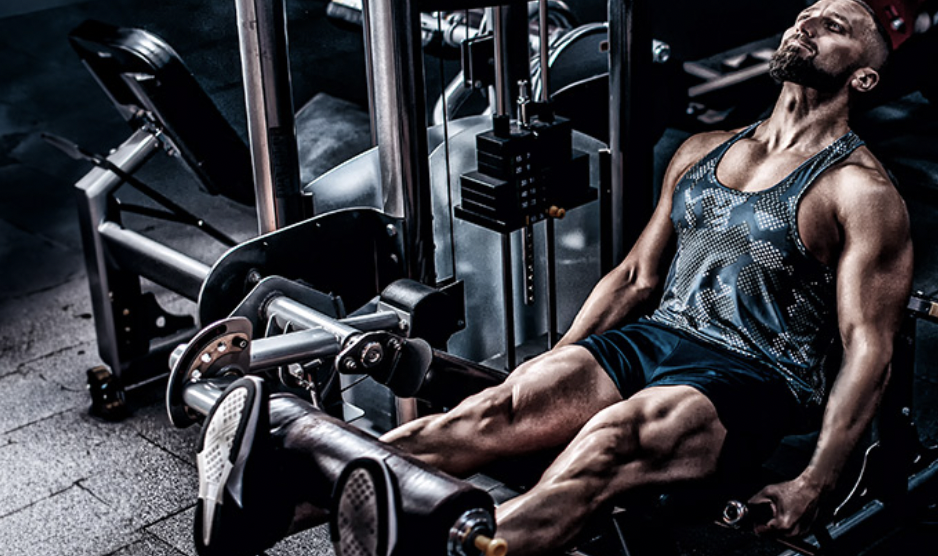The leg extension machine has received a negative reputation among lifters who see it as a way to avoid more challenging compound lifts. However, this doesn’t mean the machine is useless. In fact, when used correctly, it can be beneficial for specific purposes.
One of the advantages of the leg extension machine is its ability to target the quadriceps effectively. This isolated exercise places targeted tension through the quads, resulting in a noticeable burn and squeeze. While compound lifts like squats and leg presses activate most of the quadriceps muscles, they may not fully engage the rectus femoris, the quad muscle running down the middle of the thigh. Leg extensions excel at activating this area, making them an excellent supplementary exercise to enhance quad growth.
Moreover, leg extensions can play a valuable role in rehabilitating knee injuries, such as patellar tendinopathy. These exercises offer a controlled environment where the load and range of motion can be carefully adjusted over time. By starting with a limited range of motion and gradually increasing it as pain-free movement improves, individuals can effectively strengthen and support their knee health.
Contrary to the belief that leg extensions are harmful to the knees, when performed with proper form and an appropriate weight for one’s capabilities, they pose minimal risk. The ACL can handle much greater forces than the leg extension machine can provide, making it a safe exercise for healthy individuals. However, maintaining a balance between quad strength and hamstring and glute strength is crucial to reducing the risk of ACL injury.
For those seeking strength improvements, leg extensions can be a useful addition to a training program. These exercises cause little neurological fatigue compared to compound lifts, making them easier to recover from. Incorporating leg extensions as a supplementary exercise alongside compound lifts can help build well-rounded lower-body strength.
Ultimately, whether an exercise is deemed “good” or “bad” depends on the context and individual circumstances. As with any exercise, it’s essential to consider one’s specific goals, limitations, and overall training plan. For those able to perform leg extensions pain-free and with proper strength balance, sets of 10-15 reps are generally effective, while those seeking heavier workloads may aim for 15-25 reps close to failure.

